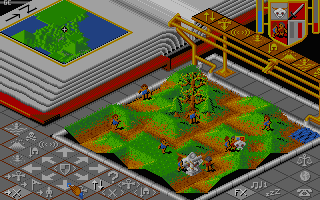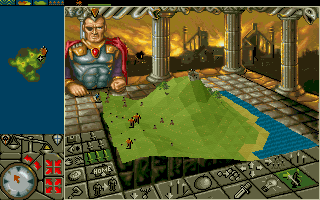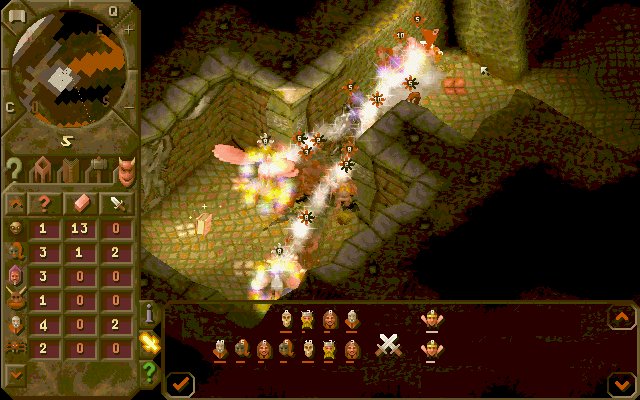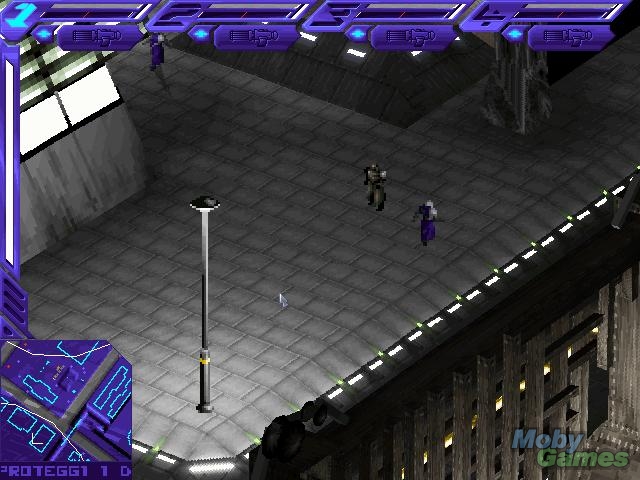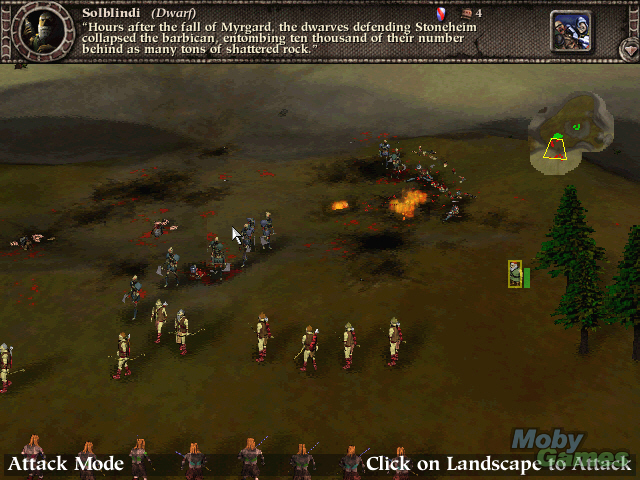When you know more about what it is you like about these games specifically, then a design will start to form.
– Dave Shramek, in a previous comment
Actually, what I liked about those games were the little coherent computerized worlds that they presented. Just about all of these games had wonderful little touches that made them feel more real. Powermonger had the birds that would fly around – useless from a game perspective, but a wonderful little detail. In Syndicate Wars, you can have your agents jump in a car, which you can then drive around the street. You can even have them take the monorail if the city you’re in has one. And of course, there’s the fact that you can blow up every building in the city if you try hard enough.
And now that I’m thinking about this, I remember a short story I wrote in high school about a king who rules a fantasy world where everthing anyone ever roleplays in this world actually happens. The king has a magical miniature diorama of the entire world that he can use to watch as the various adventures unfold, and doing so is his favorite pastime. I think I might identify with the king just a bit 🙂
But that sounds more like a tech demo than a game, so I’m still thinking.
One thing I have come up with, though, is a title for…whatever it is. I’m calling it Planitia, which is the Latin word for “plain” (as in”grassland”, not “unattractive”).

